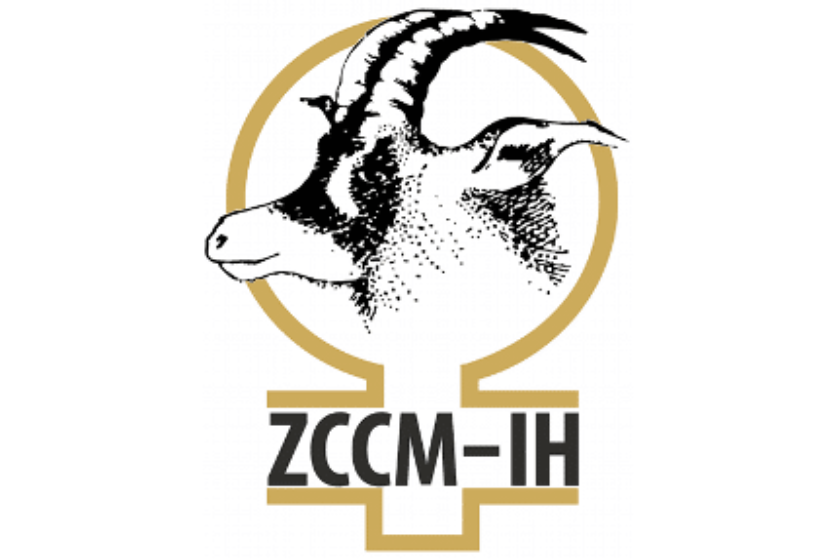The COVID-19 Pandemic has shaken every economic cluster to the core and has left the world grappling with economic challenges that dwarf the global financial crisis of 2008.
The mining sector has not been spared and has had to quickly reorganise under exceptional circumstances. This shock is also being felt in one of the most vulnerable constituents of the mining industry which is artisanal mining. It is important not to forget this group in the race for COVID-19 survival.
The artisanal sector has always been the pariah of the mining industry; circumspectly acknowledged but never entrusted with meaningful resources and support.
As governments craft rescue packages, the artisanal mining sector should also be afforded attention, especially in Southern Africa, where the vocation largely remains unintegrated.
Artisanal mining should not be shunned or left to collapse post COVID-19 because the sector has a direct impact on the livelihoods of many vulnerable urban and peri-urban communities. The survival and support of this sector is of strategic importance to economic development agenda in Southern Africa.
Thus, the COVID-19 pandemic presents an opportunity to increase state influence and direction in the development of this sector and this opportunity should not be wasted. It is important for governments and industry players to re-look at how this sector can be purposefully included in the new economic matrix.
Recent reports on the artisanal sector have stressed the apparent unpreparedness and vulnerability of these miners. There is need to increase awareness on the pandemic in mining areas, assist with safety and health supplies, improve access to healthcare and to revise the regulatory structure of the sector.
It is important to mobilize and donate resources towards this cause because of the high mobility of artisanal miners and traders within countries and between borders in Southern Africa. Mobility is at the heart of the transmission of COVID-19 and as the region slowly reopens it is important to anticipate and manage the implications of mobility in the artisanal sector.
Presently artisanal miners do not have direct access to state assistance because many operate at the periphery of the mining industry. They also do not have enough resources to protect themselves and those around them effectively.
As such, consumables such as sanitizers, bleach, masks, thermometers, freshwater and gloves must be distributed in communities surrounding artisanal mining sites. It is also important to extend free COVID-19 screening, testing and monitoring services in the surrounds of artisanal hot spots.
This can be effectively achieved by mapping artisanal mining activity and setting up mobile services in the communities that host and surround these miners. This approach will encourage miners to report cases and be proactive about receiving appropriate assistance.
It has also been noted that disruption of supply chains, restricted movement and constrained liquidity have had an impact on prices. The Artisanal Gold Council has made available a report that has followed the recent price trends in artisanal gold supply chains in parts of Africa, Latin America and Asia.
Generally, the Council noted that gold spot prices being offered to artisanal miners fell since the advent of the pandemic. The drop ranges from 19% to as much as 60% in some of these areas. It is trite that the sector is susceptible to a higher degree of negative disruption and market fluctuations because there are no safeguards to insulate such miners from the extremes of volatility.
The result of depressed prices is added strain on miners and consequently on their ability to sustain their small operations. The collapse of liquidity in these informal eco-systems should be avoided at all costs as it directly affects the livelihoods of vulnerable communities and could possibly increase the pressure for prolonged humanitarian assistance in such areas. It is important to enable miners to keep mining and be able to fend for themselves safely.
Illegal artisanal mining is supported by the black market and whilst the black market offers convenience and unrestricted activity, it remains primarily predatory in nature. It is important for governments to target and diminish the influence of the black market by creating an alternative trading prospect for these miners.
Governments need to establish a system that directly buys product from artisanal miners. It is important to assert government buyers as the primary buyers in this sector and consequently as the buyer of choice.
Such a system will benefit both parties by ensuring that artisanal miners receive fair and stable prices and governments are also resultantly able to account for product that is ordinarily smuggled out of the country.
An open relationship would also ensure that miners can cut out middlemen, retain more income and have a simplified supply chain which is an easier chain to keep open even in exceptional circumstances such as been occasioned by the pandemic. This approach insulates the sector and ultimately lessens disruption and volatility to their livelihoods.
This system can also be bolstered by pairing collaboration with benefits such as access to more claims, bespoke health care products or financial and technical assistance. Artisanal miners understand the disadvantages of their current business models and would therefore support an alternative that affords them a greater degree of stability, continuity, access to amenities and increased capacity.
Once a positive relationship has been established it is easier to navigate the full integration of this sector in a sustainable and viable manner. The direction that Zambia is taking by utilizing its state-owned mining company ZCCM-IH to directly buy gold from artisanal miners is a good step towards managing the sector more efficiently and should continue to be developed until it delivers a competitive and inclusive model for the artisanal and small scale mining sector.
Artisanal mining is at the heart of achieving inclusive transformation in the mining industry because it is rightly placed to benefit the very target constituents that play a direct role in facilitating broad based development.
It is trite that with or without the impacts of the pandemic mining countries in Southern Africa were already struggling with increasing rates of unemployment owing to deteriorating economies.
It is therefore reasonably foreseeable that with the rising unemployment being instigated by the pandemic, the artisanal mining sector will extend further in the short to medium term. It is important for governments to anticipate this growth and move to quickly sanitize the sector by creating a sustainable and viable formalization solution.
It is a considered view that the only way to uplift the informal sector would be to craft safeguards and rules that protect capital and encourage innovation in this cluster. Naturally, capital and innovation will remain inaccessible to the informal sector because there are no structural and legal safeguards to protect ideas or investment.
The sector will struggle to grow if it cannot acquire a status that enables it to be a suitable destination for investment and ideas. Presently the artisanal sector is supported by linear capital from buyers, little free funds available to the artisanal miners through other means and from donor driven project financing from non-governmental interest groups.
All these financing options are limited and erratic and therefore cannot not spur or facilitate the needed lift to create sustainable growth, hence the continued impoverished existence of artisanal mining.
The future of the mining industry requires a balanced industry in which both large- and small-scale are competitive alternatives. It would remain unfortunate for mineral rich countries in Africa to fail to fully take advantage of the accrual of social capital and the potential for broad-based development that can be attained by creating a solid and comprehensive legal, financial, and institutional structure to support the artisanal mining sector.
Source: https://www.miningreview.com/gold/securing-a-place-for-artisanal-mining-post-covid-19/








